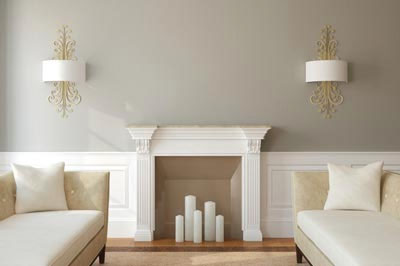×
Exterior
Anchors & TieDowns
Doors & Windows
Coatings & Sealants
Appliance
Tools & Hardware
Interior Trim
Vents & Registers
Plumbing
Electrical
Transport & Safety
Heating & Cooling
RV Catalog...
RV Catalog...
×
Storm Doors
Combination Doors
Outswing Doors
Other Doors
Door Hardware
Windows
Shutters
Window Components
Skylights
×
Water Heater
Faucets
Faucet Components
Sinks
Tub & Shower
Toilets
Fittings & Valves
Tools & Tubing
Freeze Protection
×
Furnace Illustrations
Furnace Components
Furnace Filters & Doors
Heating & Cooling
A/C
Freeze Protection
×
Exterior & Outdoor
Interior & Housewares
Appliance & LP GAS
Electrical & Lighting
Ventilation
Hardware & Doors
Cleaners & Sealants
Automotive & Cargo
Fresh Water
Sanitation
Suspension & Brakes
Levelers & Towing
Mobile Home Catalog...
Mobile Home Catalog...
- EXTERIOR
PARTSSkirting
Exterior
Steps
Lawn & Garden
- ANCHOR &
TIE DOWN - DOORS &
WINDOWS - COATING &
SEALANTCoatings & Sealants
- APPLIANCE
PARTSAppliance Assessories
- TOOLS &
HARDWARE - INTERIOR
TRIM - VENTS &
REGISTERSRegisters/Vents & Grilles
Roof & Plumbing
Kitchen & Bath
- PLUMBING
PARTSWater Heater
Tub & ShowerSinks
Toilets
Tools & TubingFaucets
Faucet ComponentsFittings & Valves
- ABS (Drain Pipe)
- PVC (Drain Pipe)
- Qest
- Push-Fit
- Flair-It
- PexLock
- PEX Barb (Brass)
- PEX Barb (Plastic)
- Rubber Couplings
- Valves
Freeze Protection - ELECTRICAL
PARTSSwitches & Outlets
Power Supply
Freeze Protection
- TRANSPORT
& SAFETY - HEATING
& COOLINGFurnace Illustrations
Furnace Filters & DoorsFurnace Parts
Heating & Cooling
- RV/CAMPER
PARTS →
- ← MOBILE
HOME PARTS - EXTERIOR &
OUTDOOROutdoor Gear
Awnings
Steps & Ladders
- INTERIOR &
HOUSEWARES - APPLIANCE
& LP GASAppliance
LP Gas
Appliance Parts
Illustrations - ELECTRICAL
& LIGHTINGElectrical
Lighting
- VENTS &
REGISTERS - HARDWARE
& DOORSTools
Hardware
- CLEANERS
& SEALANTS - AUTOMOTIVE
& CARGOAutomotive
Carriers & Haulers
- FRESH WTR
PLUMBINGFresh Water
Faucets
Faucet ComponentsFittings & Valves
- PEX Barb (Brass)
- PEX Barb (Plastic)
- Qest Fittings
- Push-Fit Fittings
- Flair-it Fittings
- Pexlock Fittings
- Rubber Couplings
Freeze Protection - SANITATION
PLUMBING - SUSPENSION
& BRAKESAxle & Suspension
- LEVELERS
& TOWING


 If your mobile home already has a fireplace or wood stove, it's a good idea to go look over these safety guidelines to confirm that it was installed correctly. If you plan to install a fireplace or wood stove, follow these safety guidelines carefully.
First, don't try to tackle this project yourself. While installation manuals usually provide all the instructions necessary for a manufactured home owner to install a wood-burning fireplace or wood stove, the consequences of a mistake are so disastrous, it's a task best left to experts.
It's a good idea to first check with your insurance company for their guidelines before installing these items. Your insurance policy may not cover damages if a fireplace or wood stove was not professionally installed. Plus, the manufacturer's warranty on the fireplace or wood stove may not apply unless the unit is installed by a professional.
Make sure you and the installer follow these safety requirements to prevent problems:
If your mobile home already has a fireplace or wood stove, it's a good idea to go look over these safety guidelines to confirm that it was installed correctly. If you plan to install a fireplace or wood stove, follow these safety guidelines carefully.
First, don't try to tackle this project yourself. While installation manuals usually provide all the instructions necessary for a manufactured home owner to install a wood-burning fireplace or wood stove, the consequences of a mistake are so disastrous, it's a task best left to experts.
It's a good idea to first check with your insurance company for their guidelines before installing these items. Your insurance policy may not cover damages if a fireplace or wood stove was not professionally installed. Plus, the manufacturer's warranty on the fireplace or wood stove may not apply unless the unit is installed by a professional.
Make sure you and the installer follow these safety requirements to prevent problems: